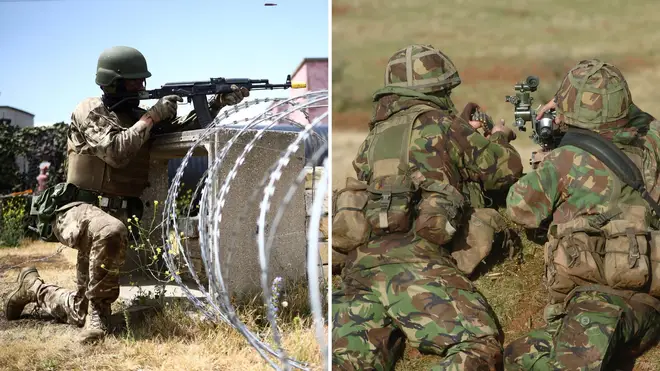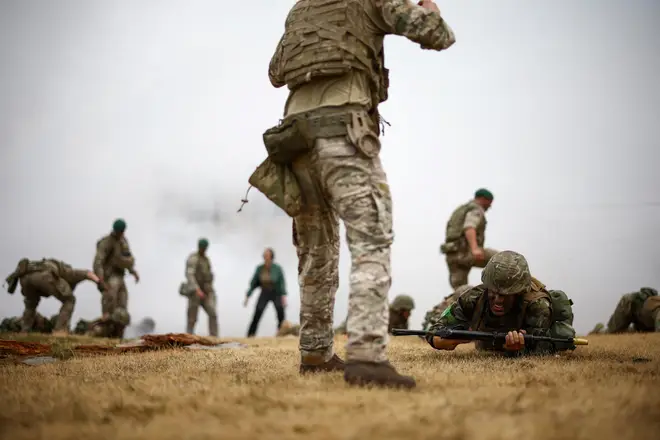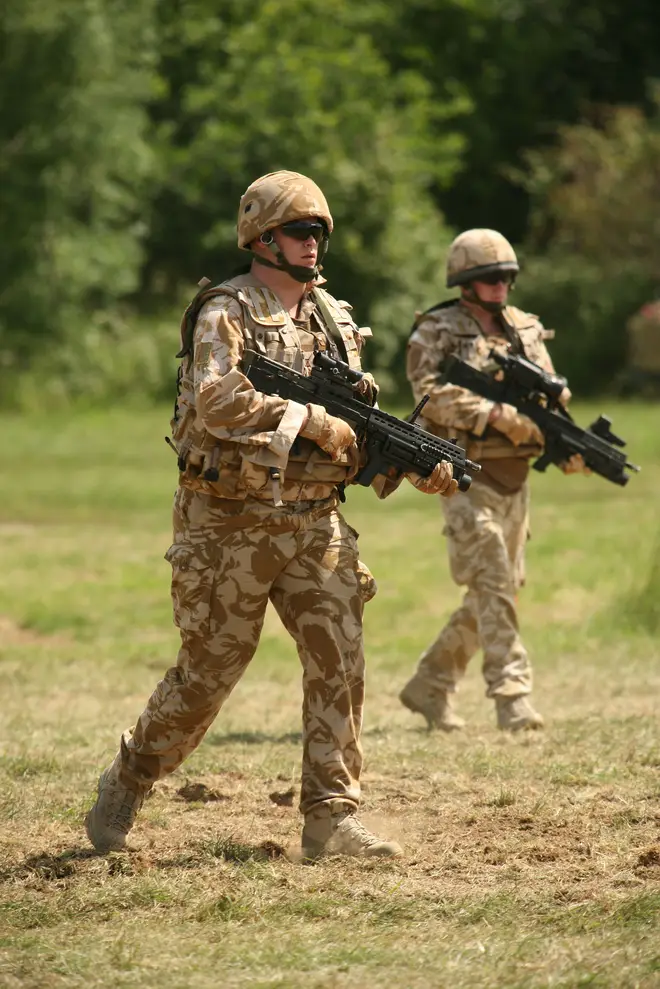
Matthew Wright 7am - 10am
25 January 2024, 11:47 | Updated: 25 January 2024, 18:34

The British Army chief warned earlier this week that the public may conscripted to the military in the event of a war with Russia - but who would be exempt?
General Sir Patrick Sanders, chief of the general staff, said in a speech on Wednesday that civilians will need training and equipping if Britain goes to war.
He suggested the Army should have a larger force of 120,000 within three years, which should include regular soldiers, reserves and former military personnel who could be called upon.
But this would not be enough to win a war, he stressed, which are 'started by armies and won by civilians'.
The government has since denied any suggestions that conscription could be re-introduced in the UK.
Rishi Sunak’s official spokesman insisted military service would remain voluntary moving forward.
But General Patrick urged the government to start thinking about how it would mobilise the nation in the event of war.
Now conversations about a hypothetical war with Russia in the future have led to questions of who would be exempt from conscription in the modern day.

Mandatory military service was first introduced in the First World War under the Military Service Act of 1916 and again in the Second World War under the National Service (Armed Forces) Act of 1939.
In the First World War, every fighting-age man between 18 and 41 was liable to conscription.
However there were several exemptions by the time of the Second World War, and these exemptions are likely to apply in the hypothetical event of another world war in the modern day.
Those who work in key industries that are considered vital to keeping the country running would likely be made exempt in the event of a war.
In the Second World War, these professions included: baking, farming, medicine, coal mining and engineering.
In the First World War, exemptions were also extended to clergymen, teachers and some industrial workers.
While it’s likely the list of professions exempt would be adapted to the modern landscape, they indicate the types of roles considered important for keeping the country running.

In the early days of World War I, single men aged between 18 and 41 were drafted to the military, unless they were single parents, occupied one of the exempt professions or were ‘medically unfit’.
This was later expanded to include married men.
The second conscription was introduced in World War II and lasted until 1960.
Initially, only men between the ages of 20 and 21 were liable to be conscripted as ‘militiamen’.
But as the war stepped up this changed to men aged between 18 and 41.
Following the end of the war, the National Service Act 1948 introduced peacetime conscription, which meant that males between the ages of 17 and 21 had to serve for 18 months in the armed forces.
They were also put on the reserve list for four years.
The service time was increased to two years during the Korean War of 1950, but the reserve period was decreased by six months to compensate for the increased service time.
The British Armed Forces today does not allow anyone who suffers from deprivation of the senses, such as issues related to hearing or vision, from enlisting.
Neurological conditions, severe skin conditions, psychiatric and cardiovascular issues could prevent you from being drafted.
Those with bone or joint problems, such as chronic knee injuries, shoulder problems and a history of bone fractures, would render you exempt.

Hypothetically, women could be drafted in the event of a war.
While women were not permitted on the battlefield, many single women between the ages of 20 and 30 were enlisted in World War II.
Often they took up roles as engineers, farmers, mechanics, air raid wardens and more.
Today it’s more likely women would be permitted to join on the battleground, particularly given women have been allowed to serve in all combat roles since 2018.
There were around 16,000 ‘conscientious objectors', people who refused to enlist in the army, in World War I and 60,000 in World War II.
Those who objected had to appear before a tribunal to argue their case for refusing to join.
If their cases were approved, they would be designated a category of exemption and offered an alternative non-combatant role.
Many however were sent to jail after failing to successfully justify their opposition to enlisting.